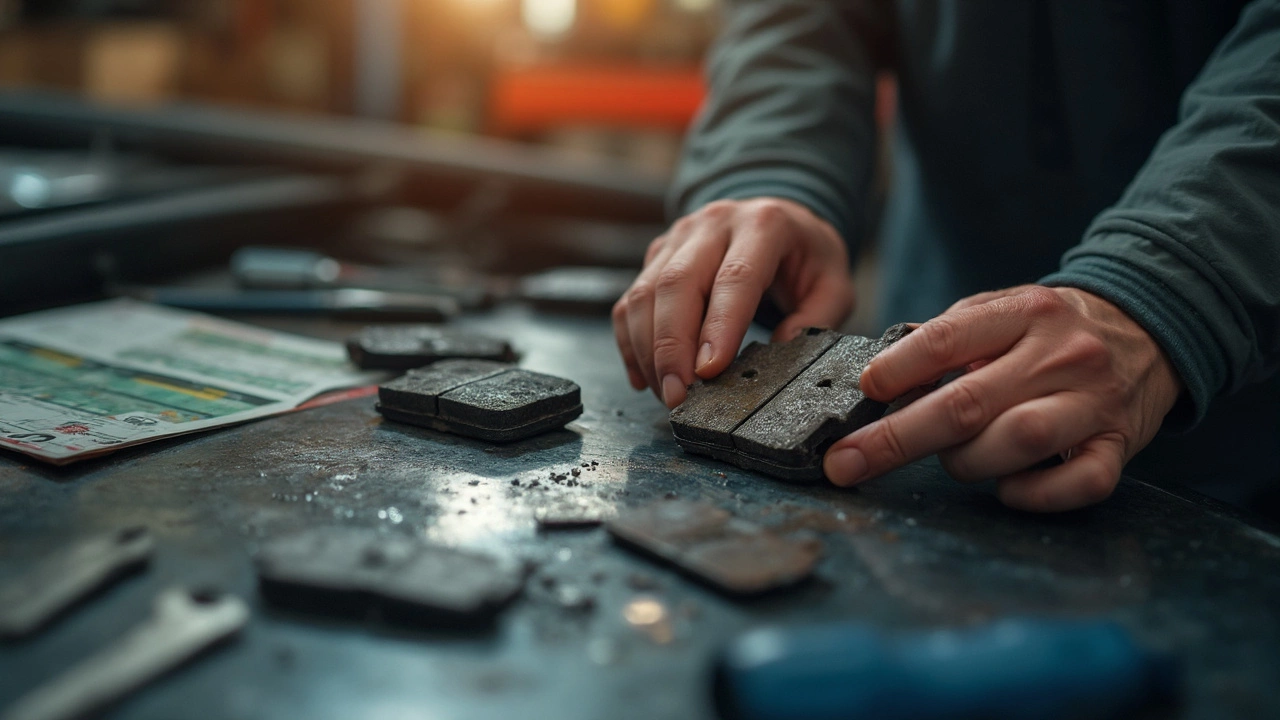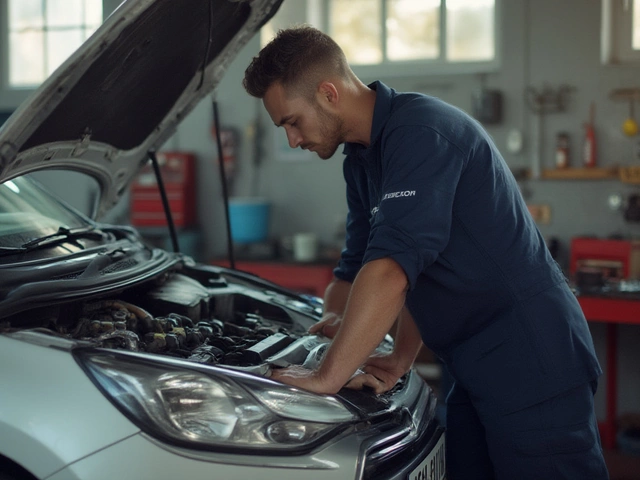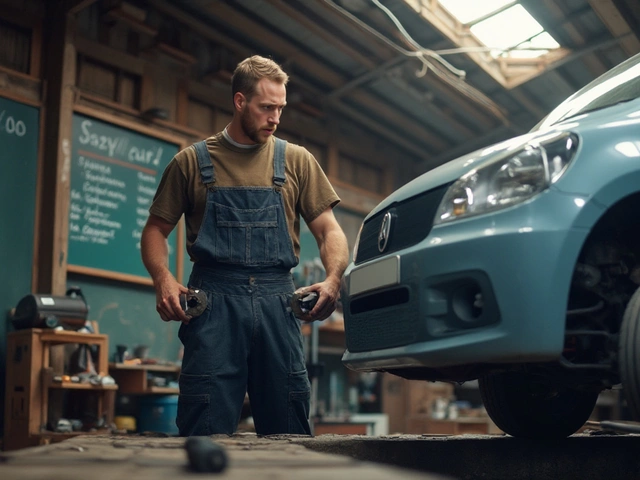Signs of Wear – Spotting Trouble Before It Stops You
Every driver worries about a sudden breakdown. The good news is most problems give you a heads‑up. By learning the common signs of wear, you can catch issues early, avoid costly repairs and stay safe on the road.
Tyre and Wheel Wear: What to Look For
Tyres are the only contact point between your car and the road, so they wear fast. Check the tread depth every month – if the grooves are around 2 mm or less, it’s time for new tyres. Uneven wear across the tyre surface often means the wheel alignment is off or the tyre pressure is wrong.
Pay attention to vibration. A steady shake at 60 km/h usually points to a balance problem, while a thumping feeling at higher speeds can signal a broken belt or a puncture. Also, stare at the sidewalls. Cuts, bulges, or cracks are signs the tyre structure is compromised and it should be replaced immediately.
Don’t forget the wheel rims. If you see rust, corrosion, or scored metal, the rim may be weakening. A bent rim can cause tyre wear to accelerate and affect handling.
Brake, Suspension, and Engine Wear Indicators
Brakes are vital, but they wear out quietly. A squealing or grinding noise while braking means the pads are near the end of their life. If the pedal feels spongy or sinks to the floor, air in the hydraulic line or worn brake fluid could be the culprit.
Suspension wear shows up as a rough ride or a pulling sensation when you steer straight. Bad shocks or worn bushings let the car bounce more than usual, especially over bumps. Look for uneven tyre wear on the inner or outer edges – that’s often a suspension clue.
Engine wear can be trickier to spot, but a few symptoms are clear. Rough idling, loss of power, or a sudden drop in fuel efficiency usually point to dirty spark plugs, clogged fuel injectors, or a worn timing belt. Keep an eye on the dashboard: the check‑engine light, low oil pressure warning, or temperature gauge climbing high are all red flags.
Another easy check is the smell. A burning odor while driving often means the clutch is overheating or the brakes are dragging. If you notice a strong gasoline smell, you might have a fuel leak – that’s a safety hazard and needs immediate attention.
Regular visual checks and listening for unusual noises can save you a lot of stress. Set a reminder to inspect tyres, brakes and fluid levels every 5,000 km. If anything feels off, book a quick inspection at a trusted garage like Northwich Tyres Centre – they can confirm the wear and advise on the right replacement.
Bottom line: wear shows up in tread depth, noises, vibrations, smells and dashboard warnings. Spotting these signs early means fewer surprise repairs and a smoother, safer drive. Stay observant, stay proactive, and your car will thank you.
 24 April 2025
24 April 2025
Brake Pads: How Often Should You Really Replace Them?
Wondering how often to change your brake pads? This guide cuts through the guesswork, with clear info about when to replace them, what signs to watch for, and how your driving style affects their lifespan. You'll also get practical tips to help your brake pads last longer. Keep your car safer and your wallet happier. Know exactly what to expect instead of waiting for that dreaded squeal.
Latest Posts
-

Radiator Replacement Guide: When Should You Change Your Car Radiator?
-

How Much is a Car Radiator Replacement?
-

Understanding the Cost of Suspension Repairs: What You Need to Know
-

How Long Does It Take to Replace a Clutch Kit? Real-World Timelines & Tips
-

Car Radiator Costs Explained: How Pricey Are Replacements in 2025?

0